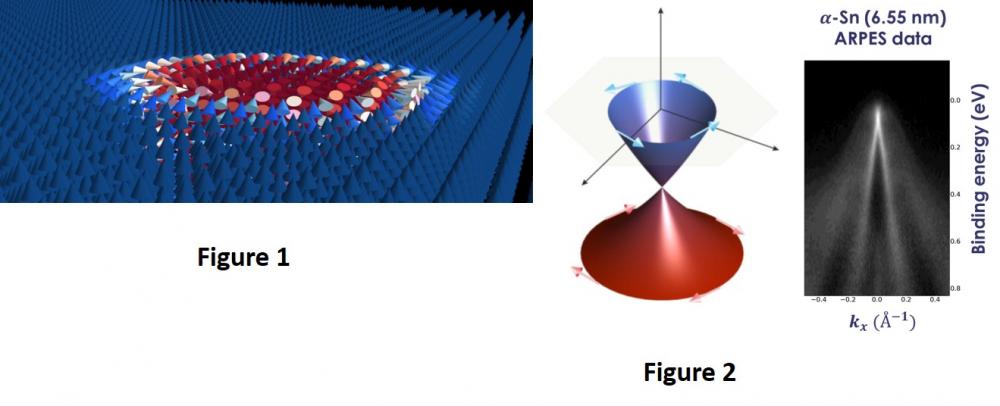
Figure 1 : Simulation of an isolated magnetic skyrmion in a perpendicularly magnetized films. Arrows represent magnetic moments.(credit: N. Reyren)
Figure 2 : Schematic representation of the Dirac cone (left) and ARPES image of the surface states (Cassiopee beamline at SOLEIL synchrotron) with linear dispersion on top of a-Sn as a function of kx and the bending energy (right) . [from Rojas et al Phys. Rev. Lett. (2016)].
Spintronics is now one of the important fields of condensed matter Physics and Nanoscience and it is also an emerging branch of the microelectronics industry in the perspective of the "Beyond CMOS" revolution. Paris-Saclay, the historical cradle of spintronics, gathers the majority of players in the Ile de-France Region and is today among the major spintronics centers in the world. The aim of the SPiCY Flagship is not only to perpetuate and strengthen this leading position but also to better structure the local research effort and associated technological developments. It builds on the on-going development of the IMAGeSPIN experimental platform (2018 SESAME project from Ile de France) which involves four of the partners of SPiCY project: the Unité Mixte de Physique CNRS/Thales (UMPhy), the Laboratoire de Physique des Solides (LPS), le Centre de Nanosciences et de Nanotechnologies (C2N), and the Service de Physique de l'Etat Condensé (SPEC). Each lab has developed and will host one of the following equipments: ), an NV-center scanning magnetic microscope (UMPhy), a k-resolved Brillouin spectroscopy station (LPS), a spatially resolved Brillouin spectroscopy station (C2Nand a magnetic microscope based on second harmonic generation (SPEC). Adding to the IMAGeSPIN platform, the possibilities offered at the fifth partner of SPiCY, the synchrotron SOLEIL, Paris-Saclay will display a set of facilities dedicated to spectroscopy and magnetic imaging that is unique in Europe.
In this context, the SPiCY consortium is well positioned to tackle some of today’s major questions in spintronics and nanomagnetism: How to create efficiently pure spin currents? How to control and detect such a spin current? How such a spin current behaves when it propagates in highly noncollinear, and even sometimes topological, spin textures? How can a spin current be injected and use as source of local torques in ferrimagnetic or antiferromagnetic thin films or multilayers? What is happening at the ultimate (femto-attosecond) time scale when spins interact with magnetic moments? What are the spin currents properties in 2D layered systems? How to couple to other fundamental excitations such magnons, phonons, photons or skyrmions in order to propagate the spin information over long distances?
By reinforcing the collaboration and synery between partners through the recruitment of shared PhD students and post-doc, this consortium can make in the next five years significant scientific contributions to the main fundamental issues listed above. As part of the dissemination and training activities of the flagship project, we aim at organizing one international workshop on the fundamental topics at the heart of SPiCY as well as one edition of the annual meeting of the SpinTronic Factory European network with in both cases the ambition to strongly promote interactions between academia and industry. Moreover, we plan to settle a periodic summer/winter school dedicated to spintronics targeting in the first place master and PhDs students of University Paris-Saclay but also opened to the national community. We will also discuss with the Paris-Saclay Engineering Schools (CentraleSupélec, ENS Paris-Saclay etc.) and industrial companies in order to develop specific training modules on spintronics and its technological impact for the next generation of engineers and technicians.
Contact: , UMPhy



